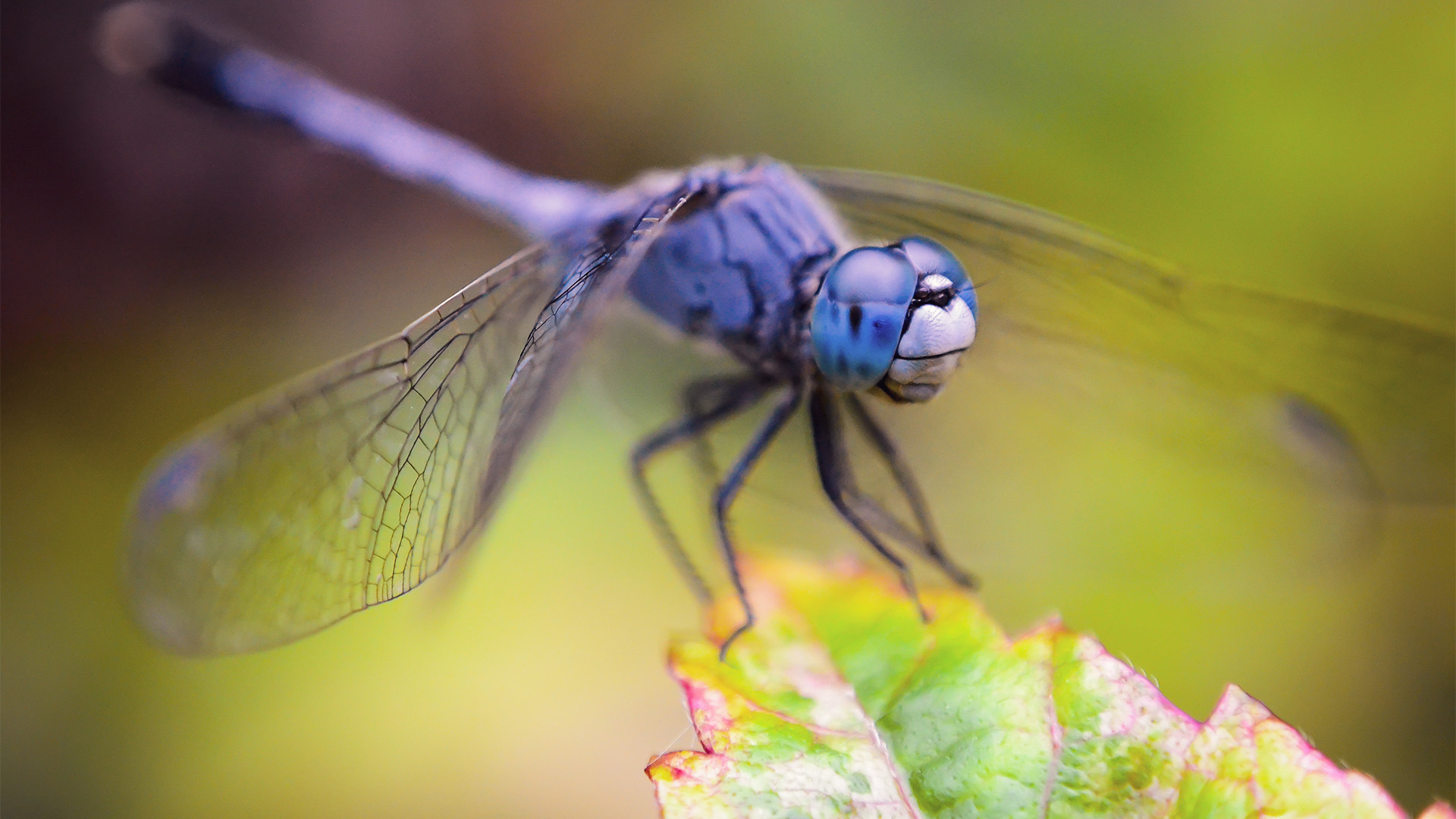In the haunting pages of Rachel Carson’s “Silent Spring,” the world was confronted with a chilling reality—a world where the songs of birds were silenced, their vibrant colors faded, and once-bustling landscapes reduced to desolate wastelands. Carson’s groundbreaking work, published over half a century ago, shed light on the devastating consequences of pesticide use, awakening the environmental movement and inspiring a generation to protect our fragile planet. Today, a new silent crisis emerges, one that threatens the intricate web of life upon which we all depend—the decline of insect population.
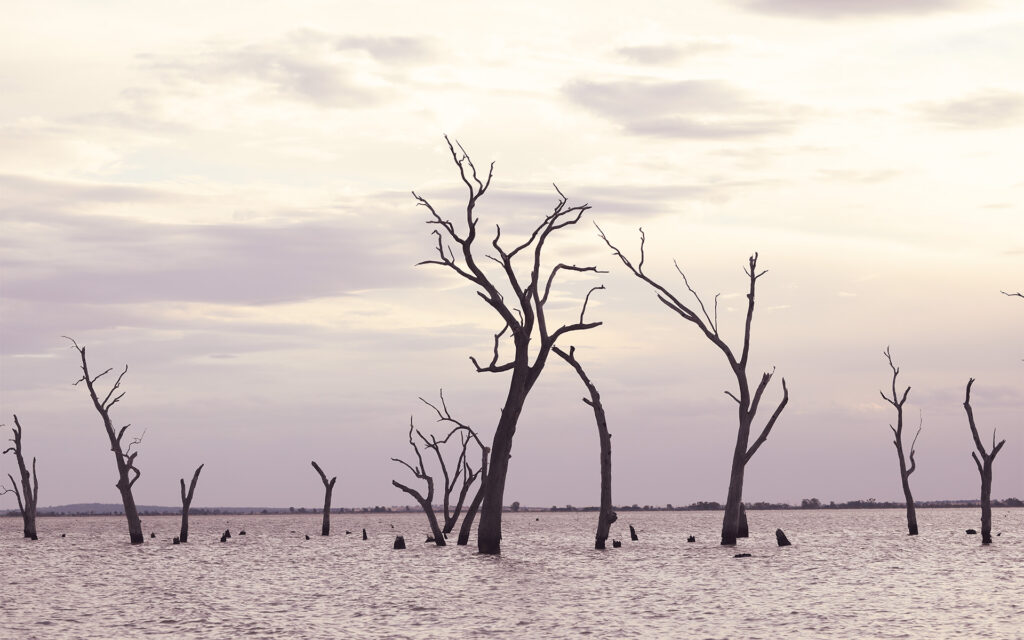
Insects are the unsung heroes of our ecosystems. From delicate butterflies adorning summer meadows to the industrious bees that ensure the proliferation of crops, insects play an irreplaceable role in the intricate tapestry of life. Yet, amidst the backdrop of our changing world, these vital creatures are disappearing at an alarming rate.
Recent studies and sobering statistics unveil a grim reality: up to 40% of insect species face extinction in the coming decades. Flying insect biomass has plummeted by staggering percentages across vast stretches of land. The impact reverberates far beyond their diminutive existence, sending shockwaves through the delicate balance of nature.
But what is driving this decline? The answers lie in a complex interplay of factors: habitat loss as our concrete jungles encroach upon their homes; rampant pesticide usages; and changing climate disrupting intricate life cycles.
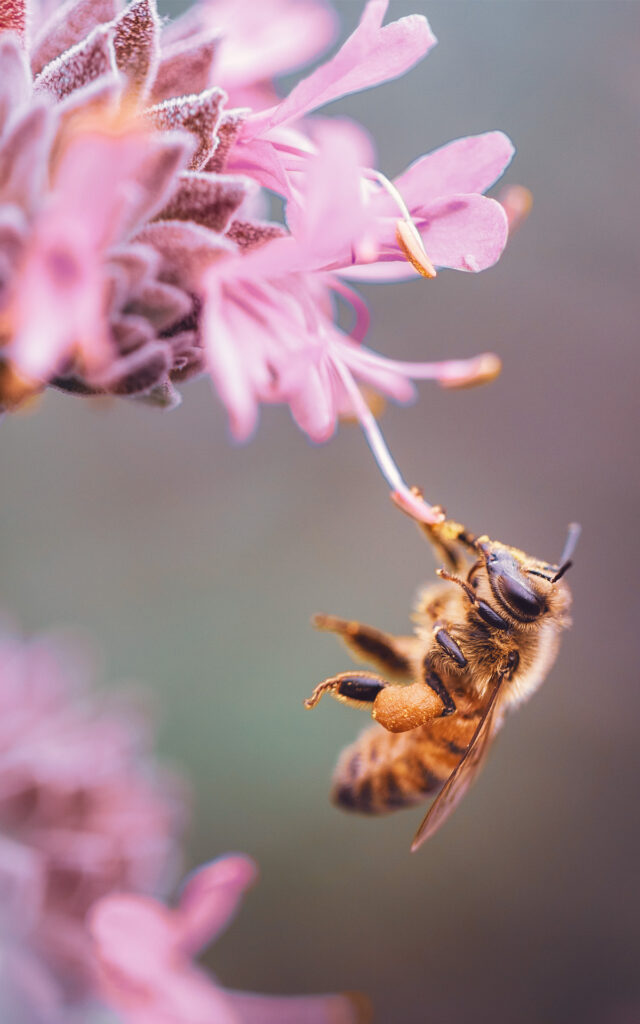
Understanding the Decline of insect population
The decline of insect populations is an undeniable reality backed by compelling statistics and research. A comprehensive review published in the journal Biological Conservation revealed that a staggering 40% of insect species are declining and could face extinction in the coming decades. This loss of diversity and abundance is a grave concern for the health of our ecosystems.
Habitat loss stands as a major driver behind this crisis. In Germany, a long-term study published in Nature documented a mind-boggling 76% decline in flying insect biomass over a span of just 27 years, exacerbated by the destruction and fragmentation of natural habitats due to urbanization, deforestation, and intensive agriculture. In the UK, two bumblebee species have gone extinct, and more than half of the remaining species are in decline, as reported by the Bumblebee Conservation Trust. The consequences are far-reaching, as these bees contribute an estimated £400 million ($550 million) annually to the UK’s agricultural economy through their pollination activities. Moreover, the conversion of grasslands and forests into agricultural land has led to a staggering 75% decline in insect biomass in Puerto Rico, according to research published in the Proceedings of the National Academy of Sciences. Similarly in the United States, a study in the journal Science reported a 30% decrease in grassland butterfly populations due to habitat loss caused by urbanization and intensive farming practices.
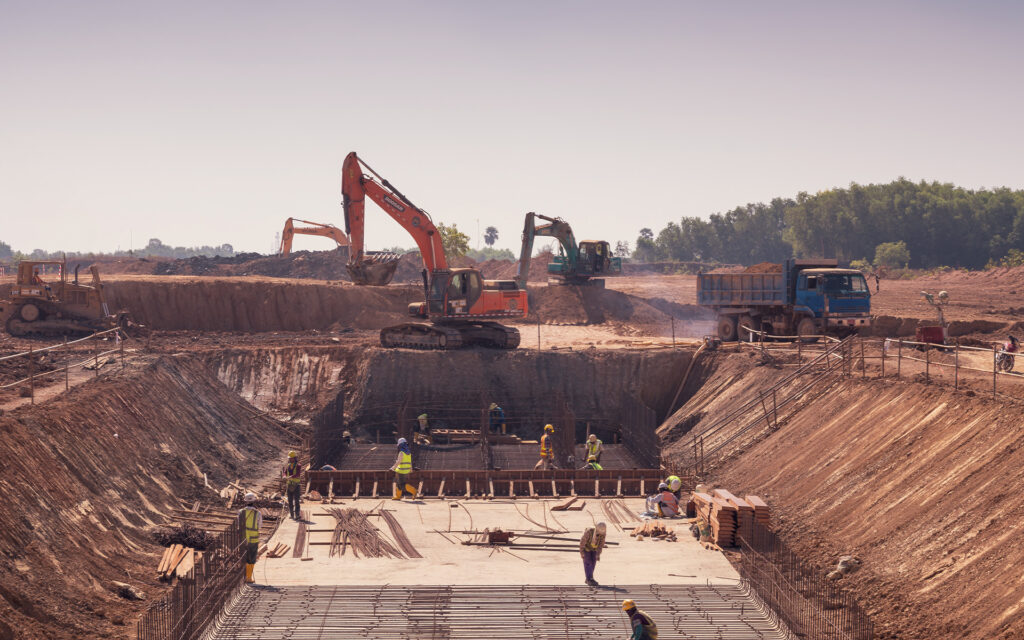
Pesticides, once heralded as saviors of agriculture, also contribute to the decimation of insect populations. Neonicotinoids, a widely used class of insecticides, have been implicated in the decline of bees and other pollinators. A study published in Science revealed that exposure to neonicotinoids reduces honeybee reproductive success and compromises their ability to navigate and forage, leading to a 17% decline.
Climate change further exacerbates the crisis. Rising temperatures and altered precipitation patterns disrupt insect life cycles. The State of the World’s Insects report in 2020 highlighted that warming temperatures have caused a shift in the timing of spring events, disrupting the synchronized emergence of insects and the availability of their food sources. Furthermore, a study published in the journal Nature Climate Change found that rising temperatures could reduce the geographic range of bumblebees by up to 85% in Europe and North America. This narrowing of suitable habitats threatens their survival and disrupts pollination processes.
Witnessing Change
The consequences of insect decline on specific species and countries are diverse but all tell a similar story. The monarch butterfly, renowned for its spectacular migration, has seen its population decline by approximately 90% in North America over the past two decades. Loss of milkweed, the sole food source for monarch caterpillars, due to herbicide use and land development, has been a primary factor in their decline.
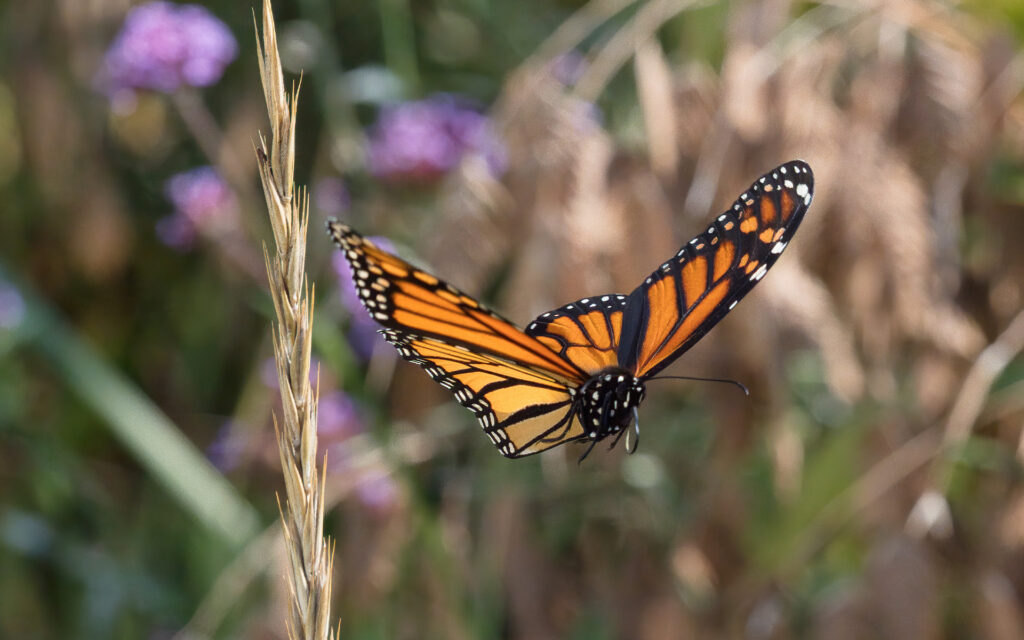
The consequences of insect population decline reverberate throughout ecosystems, agriculture, and human well-being. As vital links in the food chain, the decline of insects affects other species that depend on them for sustenance. For example, declines in insect populations have been linked to the plummeting numbers of insectivorous bird species in Europe and North America. The European Turtle Dove, a migratory bird, has experienced substantial decline of its preferred insect food sources, coupled with habitat loss, which has ultimately led to its status as a ‘vulnerable species’ according to the International Union for Conservation of Nature (IUCN). In North America, the Eastern Bluebird and the Tree Swallow are among the bird species affected by the decline in insect populations. Nesting birds that rely on insects, their reproductive success and overall population numbers have been negatively impacted by the decline in insect biomass.
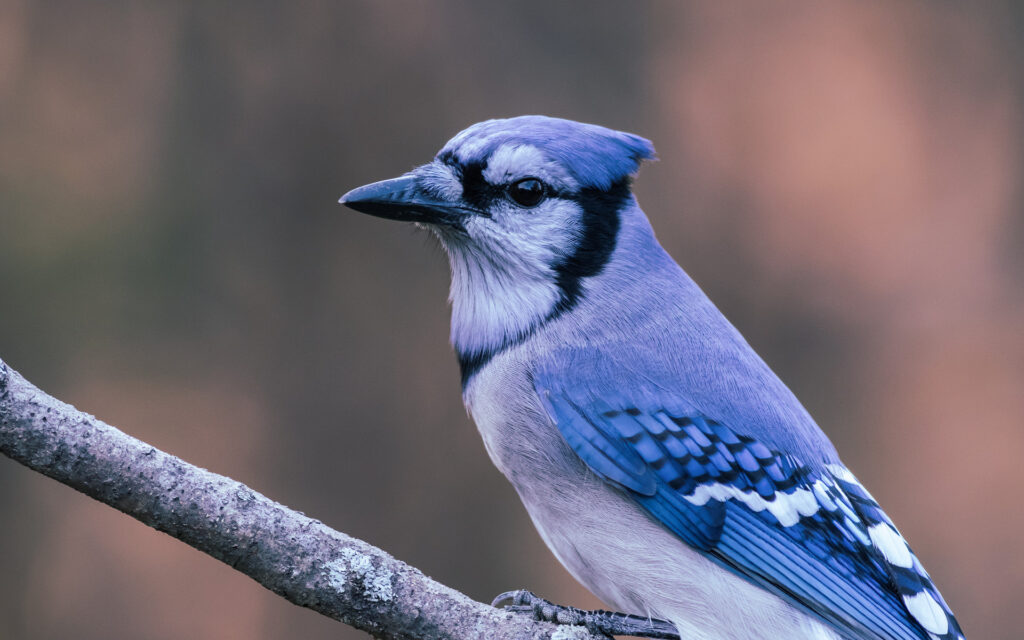
Agriculture is highly dependent on insect pollinators. Insect-mediated pollination contributes to an estimated $235 to $577 billion in global crop production annually. With the charity Buglife reporting that 41% of insect species, including bees, are at risk of extinction in the UK, the decline of pollinators has serious implications for food production and security globally, as well as the health of the UK’s wildflower populations.
Furthermore, the loss of insect diversity undermines the resilience of ecosystems. Insects are crucial for nutrient cycling, soil health, and the decomposition of organic matter. Their absence can disrupt these essential processes, leading to imbalances in ecosystem functioning and potentially diminishing the ability of ecosystems to recover from disturbances.
Searching for the Answers
Addressing the decline of insect populations requires concerted efforts from individuals, communities, and policymakers.
Conservation of natural habitats is paramount, as it provides essential resources and shelter for insects. This can be achieved at the local level, with individuals and communities creating insect-friendly gardens and green spaces. Planting native flowering plants, providing water sources, and reducing pesticide use in these areas can attract insects and provide food sources for insectivorous birds. However, it is also up to local and national governments, as well as international cooperation, to put policies and laws in place reducing the amount of pesticide use, addressing the destruction of land for farming and urbanisation, and working towards a shared culture of conservation and insect protection. There are also great initiative from small brands to try and support the work for insect repopulation like Bee saving paper.
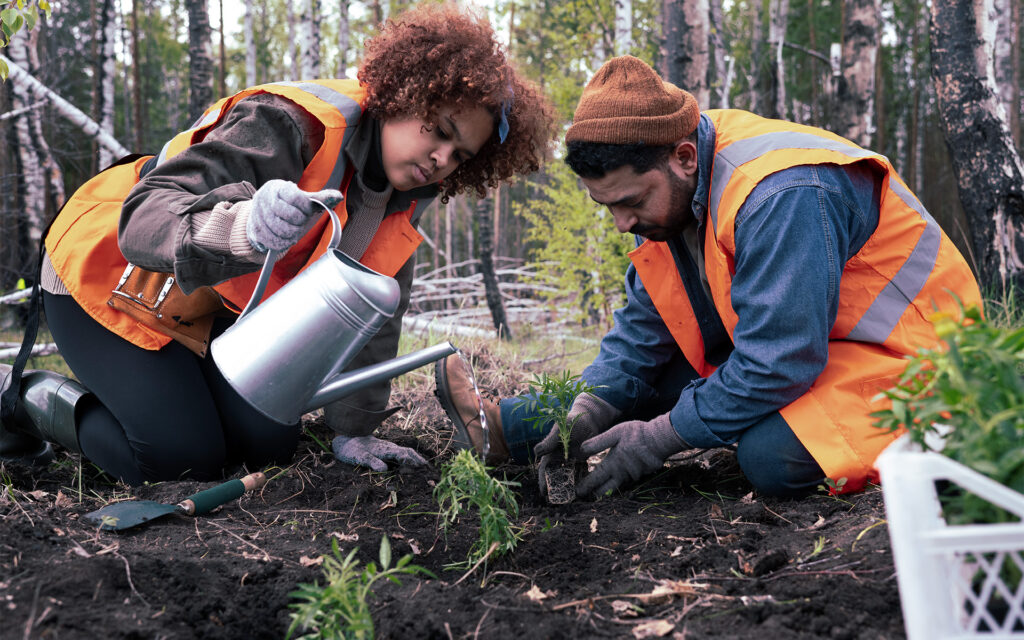
The research that continues amongst academic and scientific communities can also not be understated. From Buglife in the UK, to the International Union for Conservation of Nature (IUCN), supporting these programmes is essential to fully understand the causes of insect decline, and the far-reaching consequences. Only by understanding how our actions are leading to such changes can we shift our behaviour towards a more equitable and environmentally sustainable future.


